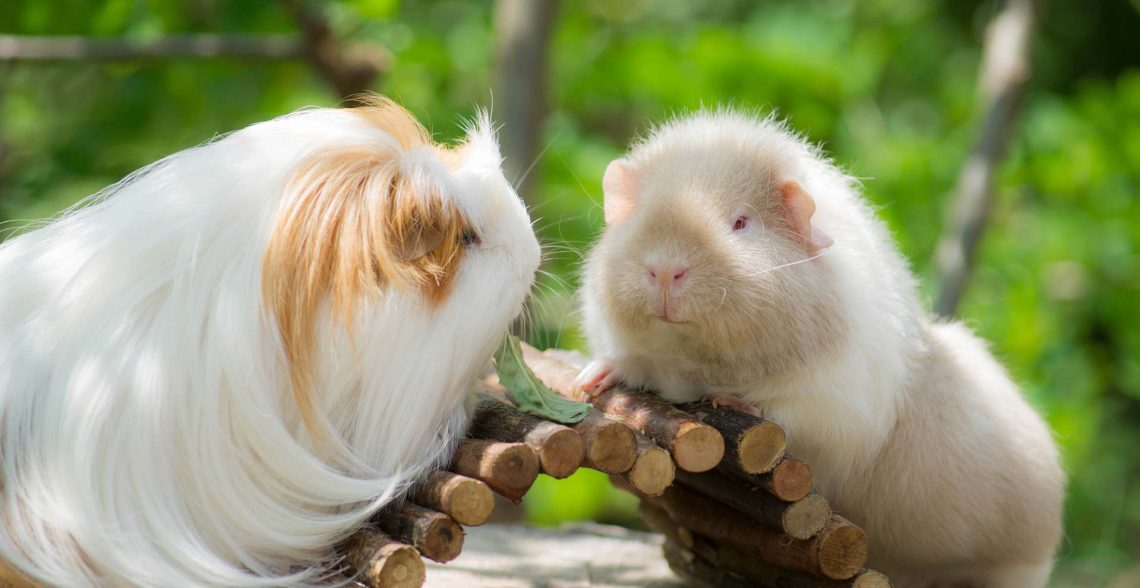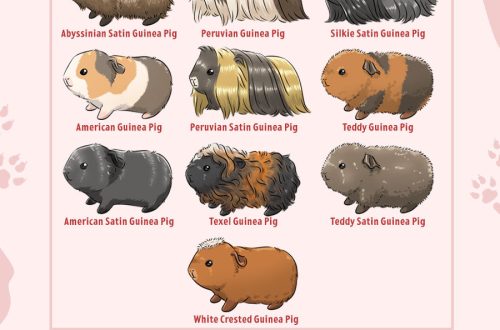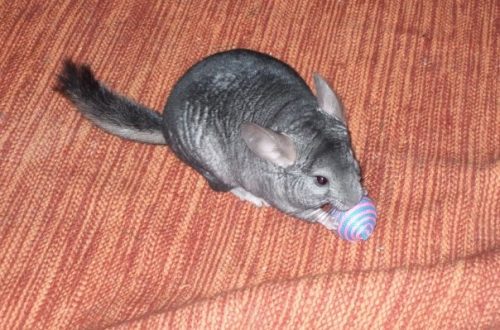
Two guinea pigs: friends or foes?
The guinea pig is one of the most meek animals imaginable. It does not have any means of active defense against predators. Its sharp incisors are used, at most, in fights within a species for subsistence or mate; moreover, these contractions usually end without shedding blood. As a rule, they come down to frightening movements and postures: opponents stand opposite each other “face to face” with their heads held high and gnashing their teeth, trying to impress the opponent as much as possible.
A direct fight is reduced to one or two short skirmishes, usually ending in the flight of a weaker individual.
It comes to more serious conflicts only between males in two situations: when a female is nearby during estrus; during territorial conflict with outsiders. Males raised together tend to be friendly towards each other.
The guinea pig is one of the most meek animals imaginable. It does not have any means of active defense against predators. Its sharp incisors are used, at most, in fights within a species for subsistence or mate; moreover, these contractions usually end without shedding blood. As a rule, they come down to frightening movements and postures: opponents stand opposite each other “face to face” with their heads held high and gnashing their teeth, trying to impress the opponent as much as possible.
A direct fight is reduced to one or two short skirmishes, usually ending in the flight of a weaker individual.
It comes to more serious conflicts only between males in two situations: when a female is nearby during estrus; during territorial conflict with outsiders. Males raised together tend to be friendly towards each other.
Another typical manifestation of guinea pig behavior – herd behavior – is found when numerous individuals live together. Anyone who keeps many females with one or two mature males will notice that with each such male a separate group of females is concentrated. Uninvited guests from a strange group are quickly driven away. Within the group, the presence of young males is also allowed, but only until they reach maturity. The consequence of this separation is that real contractions are rare.
Some form of herding behavior can also be observed by keeping only two guinea pigs together. It is defined as “tandem movement”. If the animals are able to move freely over a large area, they for the most part keep very close to each other, rushing one after another; as a rule, the first position – the leader, the leader – is constantly occupied by the same individual. Such typical leaders and individuals under them are found in many different species of animals. The leader is usually the strongest, most courageous individual. He usually retains his position in captivity, although exceptions can still occur.
See also the article Getting used to
Another typical manifestation of guinea pig behavior – herd behavior – is found when numerous individuals live together. Anyone who keeps many females with one or two mature males will notice that with each such male a separate group of females is concentrated. Uninvited guests from a strange group are quickly driven away. Within the group, the presence of young males is also allowed, but only until they reach maturity. The consequence of this separation is that real contractions are rare.
Some form of herding behavior can also be observed by keeping only two guinea pigs together. It is defined as “tandem movement”. If the animals are able to move freely over a large area, they for the most part keep very close to each other, rushing one after another; as a rule, the first position – the leader, the leader – is constantly occupied by the same individual. Such typical leaders and individuals under them are found in many different species of animals. The leader is usually the strongest, most courageous individual. He usually retains his position in captivity, although exceptions can still occur.
See also the article Getting used to





